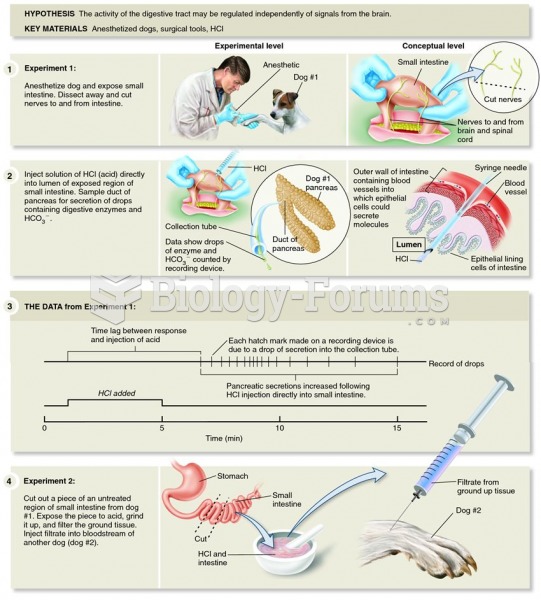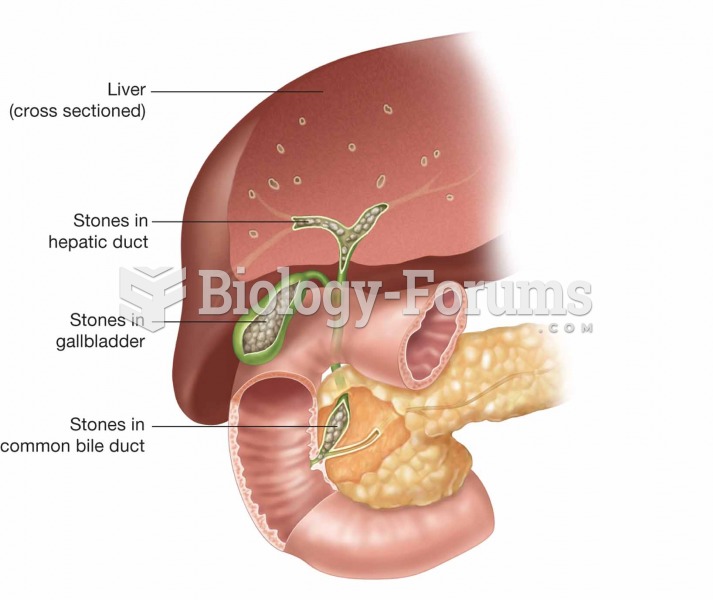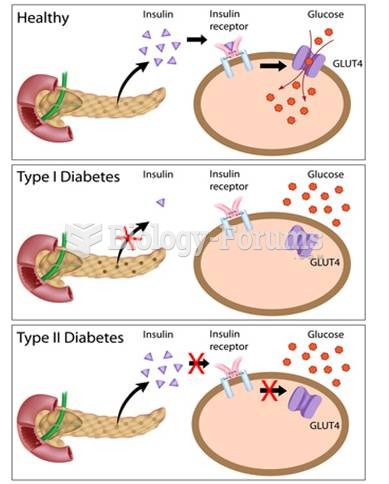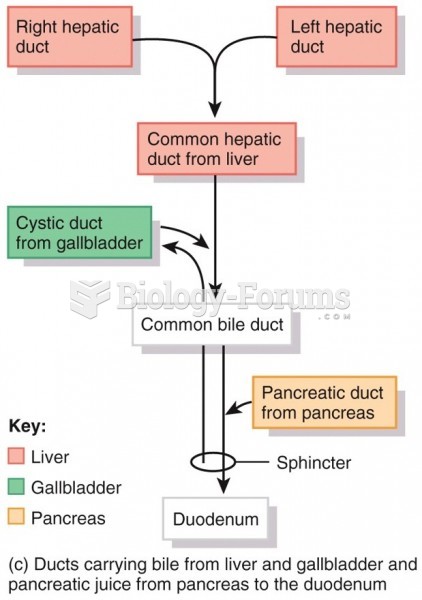This topic contains a solution. Click here to go to the answer
|
|
|
Did you know?
There are more nerve cells in one human brain than there are stars in the Milky Way.
Did you know?
Acetaminophen (Tylenol) in overdose can seriously damage the liver. It should never be taken by people who use alcohol heavily; it can result in severe liver damage and even a condition requiring a liver transplant.
Did you know?
The average adult has about 21 square feet of skin.
Did you know?
Never take aspirin without food because it is likely to irritate your stomach. Never give aspirin to children under age 12. Overdoses of aspirin have the potential to cause deafness.
Did you know?
Asthma cases in Americans are about 75% higher today than they were in 1980.
 Bayliss and Starling discovered the mechanism by which the small intestine and pancreas work togethe
Bayliss and Starling discovered the mechanism by which the small intestine and pancreas work togethe
 Spiral Produced by twisting stresses that are spread along the length of a bone (note the break in t
Spiral Produced by twisting stresses that are spread along the length of a bone (note the break in t
 Gallbladder with gallstones. Note the stones in the hepatic duct, gallbladder, and common bile duct.
Gallbladder with gallstones. Note the stones in the hepatic duct, gallbladder, and common bile duct.




